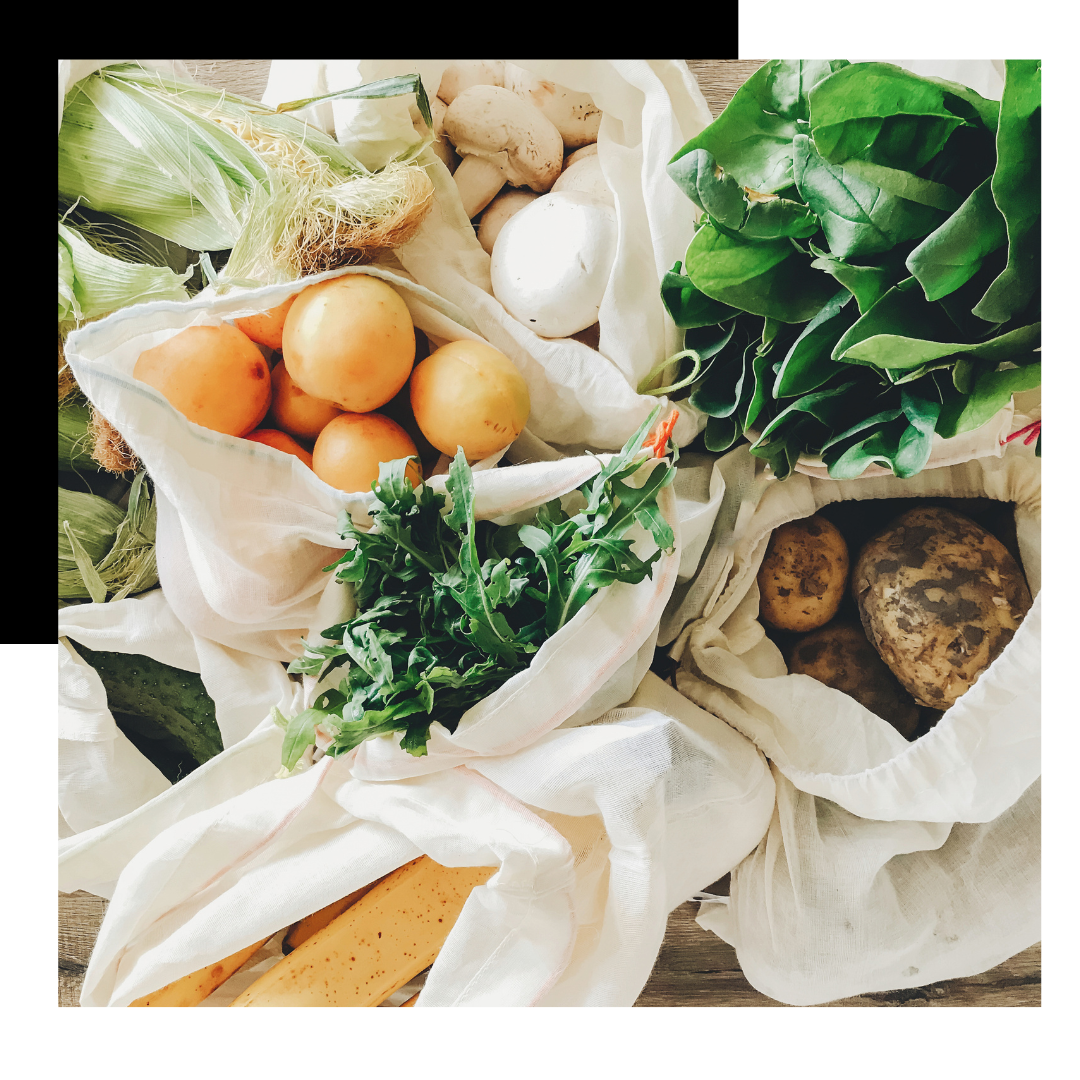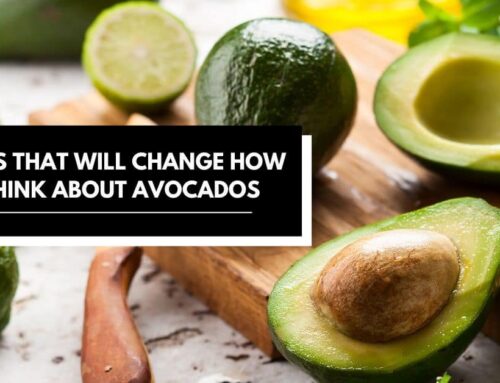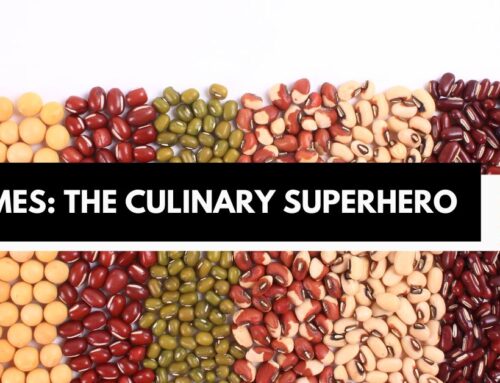Last Monday, April 22, was Earth Day, a holiday created in 1970 by U.S.-based activists desperate to raise awareness of the escalating environmental crisis. Millions of people participated in the first Earth Day demonstrations; in NYC alone, 100,000 celebrants managed to close 5th Avenue. A few months later, an enthusiastic bi-partisan Congress passed legislation creating the federal Environmental Protection Agency (EPA). President “I am Not a Crook” Nixon’s signature gave the agency a green light.
Ah, the good ‘ole days….
How Did You Celebrate Earth Day This Year?
 I spent the day clicking through dozens of fundraising emails asking me to donate to environmental organizations, one encouraging me to reduce my use of plastics, another requesting my participation in a community solar farm. While I applaud these eco-initiatives, I’ve created a different sort of celebration.
I spent the day clicking through dozens of fundraising emails asking me to donate to environmental organizations, one encouraging me to reduce my use of plastics, another requesting my participation in a community solar farm. While I applaud these eco-initiatives, I’ve created a different sort of celebration.
In honor of Earth Day 2024, I am gifting you tools to calculate your environmental FoodPrint. These resources are designed to illuminate the environmental impact of each meal. Why focus on food? Because a staggering 24% of global greenhouse emissions are attributed to food and agriculture. Yet, most of us have little idea how our food affects the environment. Everything we eat contributes to our climate footprint. But we have to – love to! – eat. What to do?
Tools to Empower Your Dietary Choices.
Use these tools to figure out how to decrease your FoodPrint in a way that’s easy — and most palatable — to you.

- Learn Your Impact: Use the BBC’s Climate Change Food Calculator to learn the greenhouse gas emissions, energy, and water used by foods you eat everyday. From chicken to avocados, it’s an eye-opener to see the numbers behind our choices.
- Meat’s Impact: Explore this tool to understand how chicken vs. pork vs. beef affect the environment. It may change what’s in your supermarket basket the next time you shop for groceries.
- Simple Swaps: Meet the ForkRangers, a group dedicated to showing how easy swaps can substantially lower your FoodPrint.
- Embrace Meatless Mondays: Start with simple, tasty recipes that make skipping meat once a week a culinary adventure.
Why This Matters.
The connection between our food choices and the health of our planet is undeniable. Each small change in our diet can lead to significant environmental benefits, whether it’s choosing a plant-based meal once a week or understanding the full impact of a cheeseburger. I invite you to integrate these tools and tips into your life—not just for your health but for the health of our planet. Try one of these recipes for your next climate-friendly, nutritious, flavor-packed meal:














Leave A Comment